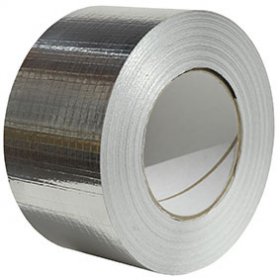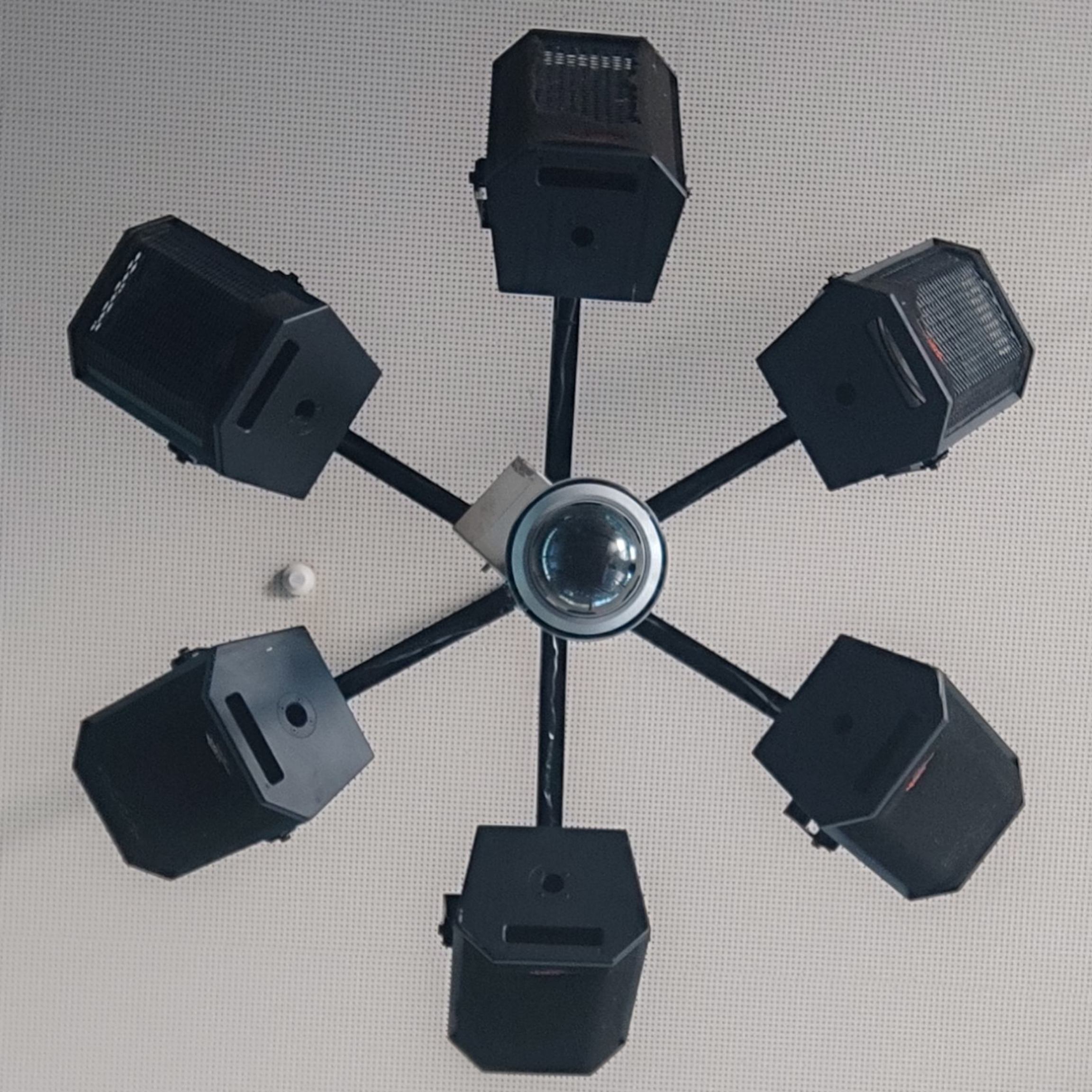- cross-posted to:
- technology@lemmy.zip
- cross-posted to:
- technology@lemmy.zip
The model was run (and I think trained?) on very modest hardware:
The computer used for this paper contains an NVIDIA Quadro RTX 6000 with 22 GB of VRAM, 200 GB of RAM, and a 32-core Xeon CPU, courtesy of Caltech.
That’s a double VRAM Nvidia RTX 2080 TI + a Skylake Intel CPU, an aging circa-2018 setup. With room for a batch size of 4096, nonetheless! Though they did run into some preprocessing bottleneck in CPU/RAM.
The primary concern is the clustering step. Given the sheer magnitude of data present in the catalog, without question the task will need to be spatially divided in some way, and parallelized over potentially several machines
That’s not modest. AI hardware requirements are just crazy.
For an individual yes. But for an institution? No.
I mean, “modest” may be too strong a word, but a 2080 TI-ish workstation is not particularly exorbitant in the research space. Especially considering the insane dataset size (years of noisy, raw space telescope data) they’re processing here.
Also that’s not always true. Some “AI” models, especially oldschool ones, function fine on old CPUs. There are also efforts (like bitnet) to get larger ones fast cheaply.
So a 5090, 5950x3d & 192gb of RAM would run it on “consumer” hardware?
That’s even overkill. A 3090 is pretty standard in the sanely priced ML research space. It’s the same architecture as the A100, so very widely supported.
5090 is actually a mixed bag because it’s too new, and support for it is hit and miss. And also because it’s ridiculously priced for a 32G card.
And most CPUs with tons of RAM are fine, depending on the workload, but the constraint is usually “does my dataset fit in RAM” more than core speed (since just waiting 2X or 4X longer is not that big a deal).
I’ve managed to run AI on hardware even older than that. The issue is it’s just painfully slow. I have no idea if it has any impact on the actual results though. I have a very high spec AI machine on order, so it’ll be interesting to run the same tests again and see if they’re any better, or if they’re simply quicker.
I have no idea if it has any impact on the actual results though.
Is it a PyTorch experiment? Other than maybe different default data types on CPU, the results should be the same.
I was hoping the article would tell us more about the technique he developed.
The model I implemented can be used for other time domain studies in astronomy, and potentially anything else that comes in a temporal format
All I gathered from it is that it is a time-series model.
I found his paper: https://iopscience.iop.org/article/10.3847/1538-3881/ad7fe6 (no paywall 😃)
From the intro:
VARnet leverages a one-dimensional wavelet decomposition in order to minimize the impact of spurious data on the analysis, and a novel modification to the discrete Fourier transform (DFT) to quickly detect periodicity and extract features of the time series. VARnet integrates these analyses into a type prediction for the source by leveraging machine learning, primarily CNN.
They start with some good old fashioned signal processing, before feeding the result into a neutral net. The NN was trained on synthetic data.

FC = Fully Connected layer, so they’re mixing FC with mostly convolutional layers in their NN. I haven’t read the whole paper, I’m happy to be corrected.
deleted by creator
My mans look like he about to be voted most likely to agent 47 a health insurance ceo
Let them live in fear.
AI accomplishing something useful for once?!
AI has been used for tons of useful stuff for ages, you just never heard about it unless you were in the space until LLMs came around
Also AI is a buzzword. Before it was called Machine Learning (ML) and has been in use for the past two decades.
How many are hallucinations
Not every AI is an LLM
Not every algorithm is AI either.
Not every hallucination is generated by an LLM.
Yeah but they are all complicated non-human readable collections of machine learning and neural networks
What they are, are statistical models. You can verify the output, you know
In the actual article it says “potential” new objects so probably at least more than 1
I havent read the paper and surely he did a great job. Regardless of that, and in principle, anyone can do this in less than hour. The trick is to get an external confirmstion for all the discoveries you’ve made.

Anything but the fuckin’ metric system…
Begging your pardon Sir but it’s a bigass sky to search.
Think of all the astronomers he put out of work. :(
This isn’t exactly the type of work tons of astronomers are doing, nor does it cut into their jobs. Astronomers have already been using ML/algorithms/machine vision/similar stuff like this for this kind of work for years.
Besides, whenever a system identifies objects like this, they still need to be confirmed. This kind of thing just means telescope time is more efficient and it leaves more time for the kinds of projects that normally don’t get much telescope time.
Also, space is big. 150k possible objects is NOTHING.










